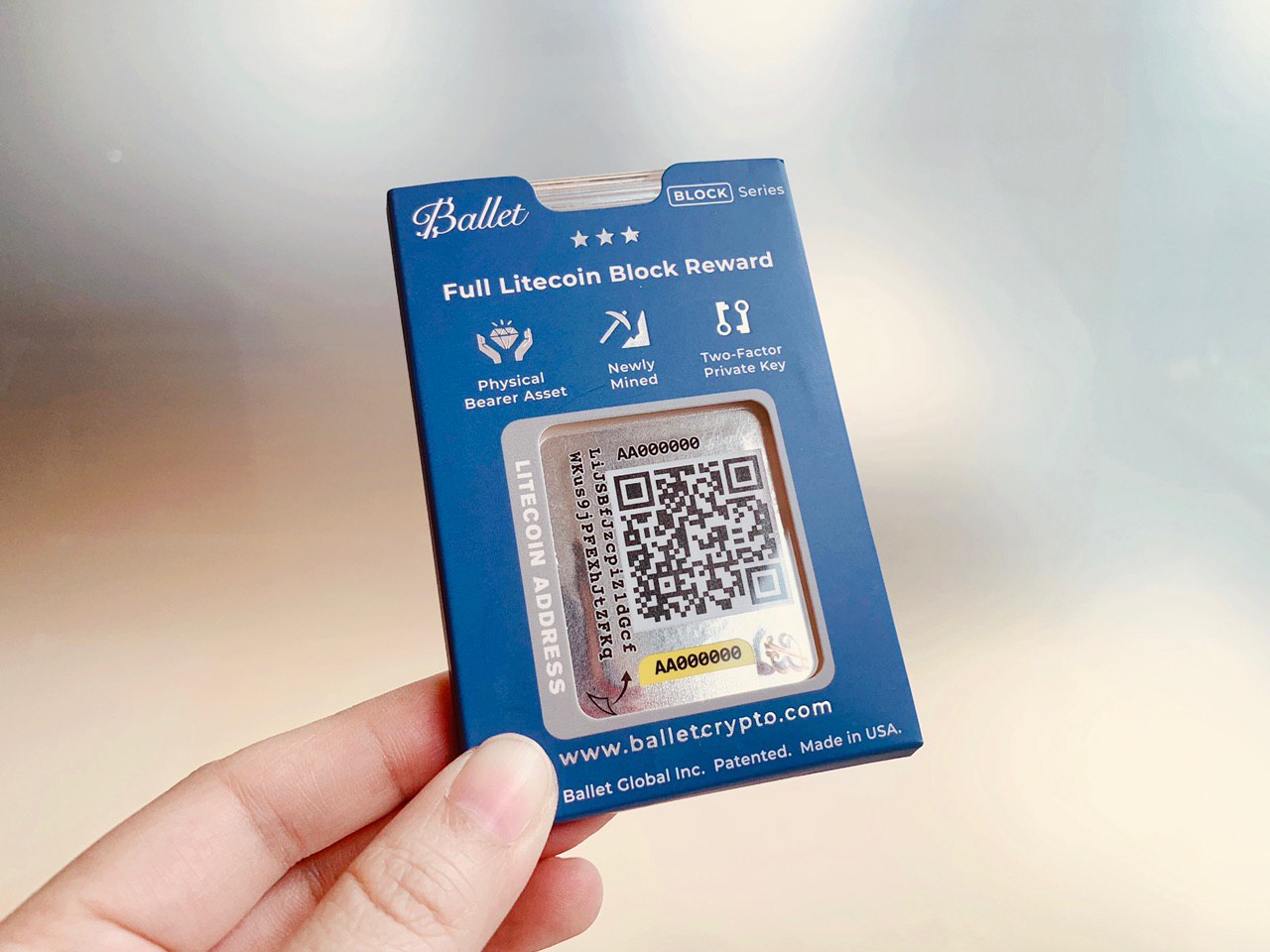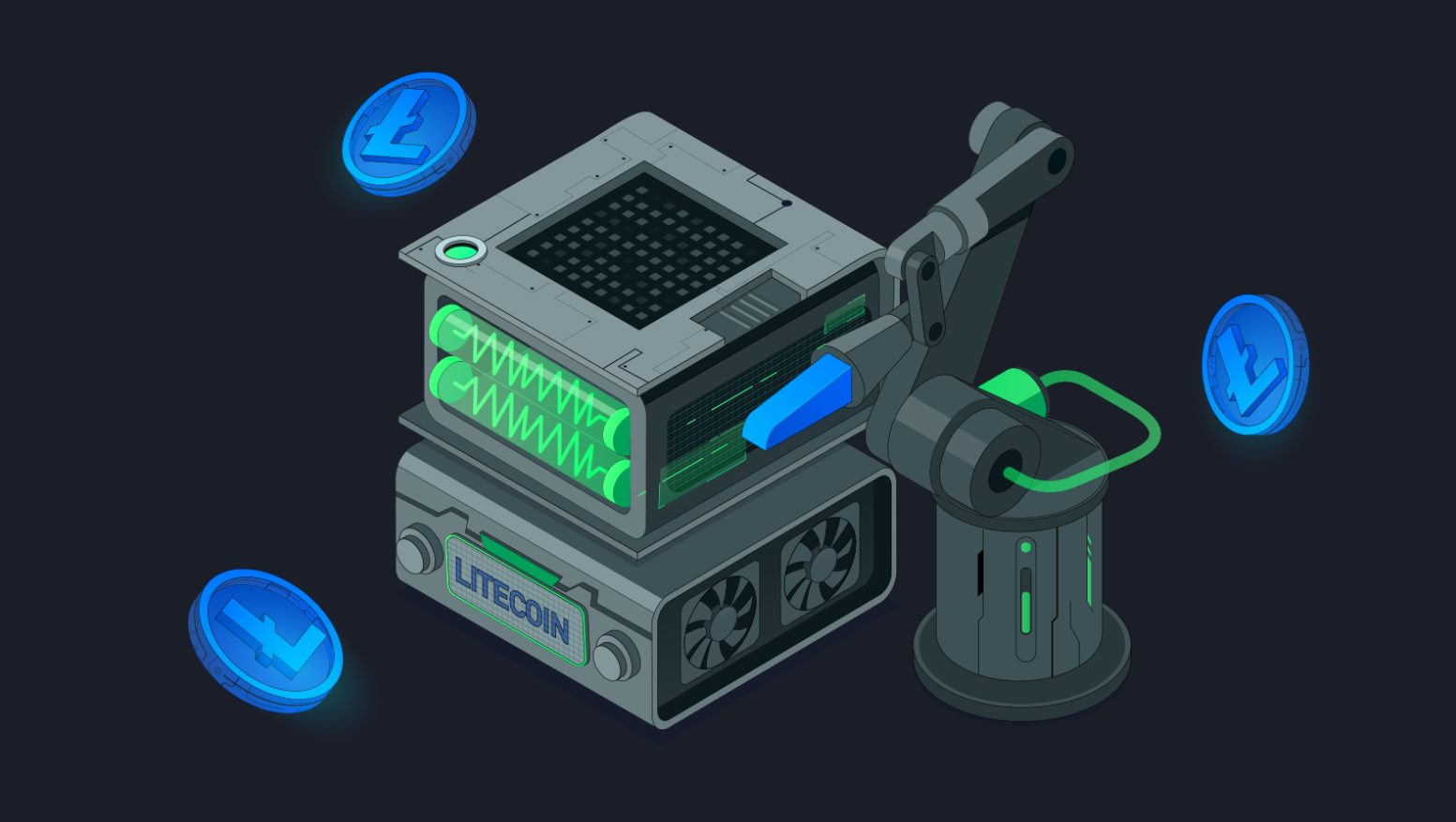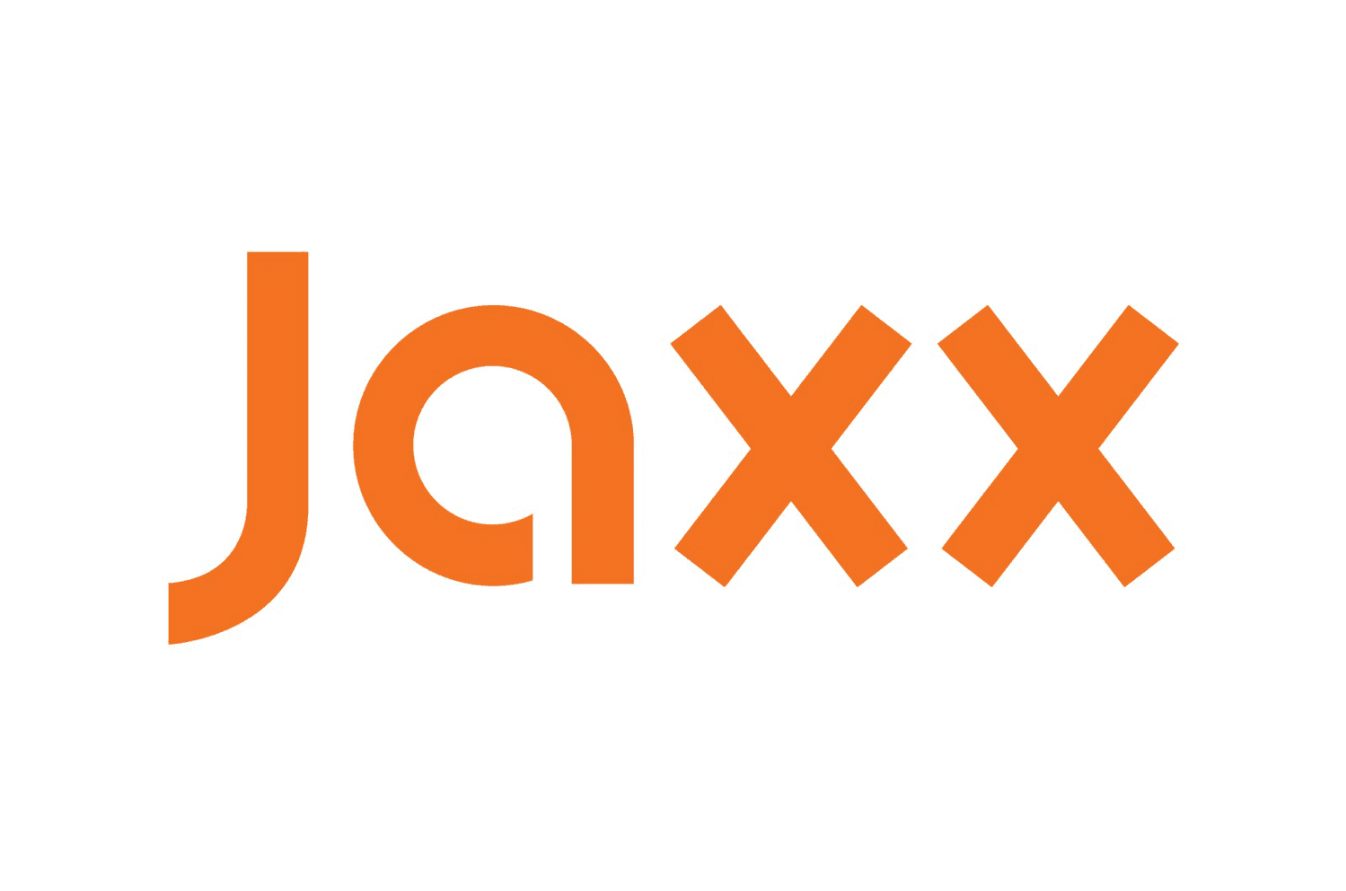Introduction
Litecoin, often referred to as the “silver to Bitcoin’s gold,” is one of the most prominent cryptocurrencies in the market. As a decentralized digital currency, Litecoin operates on a peer-to-peer network that allows for secure and instant transactions. However, to ensure the smooth functioning of the network, block size plays a crucial role.
A Litecoin block, much like a Bitcoin block, can be thought of as a container that holds a collection of transactions. Each block is added to the blockchain, which serves as a public ledger. Every time a new transaction occurs, it needs to be included in a block and added to the blockchain for verification.
But how big can a Litecoin block actually be? To answer this question, we need to consider several factors that influence the block size and understand the limitations imposed by the Litecoin protocol.
Factors such as transaction volume, block frequency, and network congestion can significantly impact the size of a Litecoin block. The larger the block, the more transactions it can accommodate. However, increasing the block size comes with its own set of challenges, leading to debates and discussions among the cryptocurrency community.
In this article, we will delve deeper into the intricacies of Litecoin block size. We will explore the factors that influence block size, the block size limit in Litecoin, and the scaling solutions being considered to address the issue of block size.
So, if you’re curious to learn about the fascinating world of Litecoin block size, read on to discover how this essential aspect of the network’s functionality affects the cryptocurrency ecosystem.
What is a Litecoin block?
A Litecoin block is a fundamental component of the Litecoin blockchain. It can be visualized as a container that holds a group of transactions. Each time a new transaction occurs on the Litecoin network, it needs to be included in a block for verification and added to the blockchain.
Blocks serve as a way to secure and verify transactions in a decentralized manner. They create a chronological chain of transaction history, forming a transparent and immutable ledger. A Litecoin block consists of several elements:
- Block Header: This contains crucial information, including the block’s version, previous block hash, timestamp, difficulty target, and nonce. The block header acts as a unique identifier for each block.
- Transactions: These are the actual records of individuals sending and receiving Litecoin. Transactions include the sender’s address, recipient’s address, the amount sent, and other necessary details.
- Merkle Root: A Merkle root is a summarized digital fingerprint of all the transactions within a block. It helps ensure the integrity and security of the block by linking all the transactions together.
- Nonce: The nonce is a randomly generated number that miners modify to find a hash with a specific property. It is part of the proof-of-work consensus mechanism used in Litecoin mining.
Miners play a vital role in creating new blocks. They verify transactions, group them into blocks, and solve complex mathematical problems to find a valid hash. Once a miner successfully mines a block, it is added to the blockchain, making the transactions within it permanent and irreversible.
Litecoin blocks, similar to Bitcoin blocks, have a fixed maximum size. This size limit ensures the scalability, security, and efficiency of the network. However, the specific block size limit and restrictions vary between different cryptocurrencies.
Now that we have a general understanding of what a Litecoin block is, let’s explore how its size can vary and the factors that influence it.
How big can a Litecoin block be?
The size of a Litecoin block is an essential parameter that determines the number of transactions it can hold. Unlike other centralized payment systems, the block size in cryptocurrencies like Litecoin is not unlimited. It is important to strike a balance between block size and network scalability.
In Litecoin, the maximum allowed block size is 1 megabyte (MB), which is equivalent to 1,000 kilobytes (KB). This size limit was originally implemented by Litecoin’s creator, Charlie Lee, to ensure that the blockchain remains accessible and manageable for all participants.
However, it’s important to note that the actual size of a block can vary. This is because the size of transactions included in a block can differ based on various factors, such as the number of inputs and outputs, the complexity of smart contracts, and other data associated with each transaction.
On average, a typical Litecoin transaction has a size of around 300 bytes. With a 1 MB block size limit, this means that approximately 3,333 transactions can fit into a single block. This capacity, combined with the average block time of 2.5 minutes, allows for a reasonably high throughput of transactions on the Litecoin network.
It’s important to understand that the block size is not the only factor that determines the number of transactions that can be processed. Network congestion and transaction volume can also impact the overall efficiency and transaction times.
While the 1 MB block size limit in Litecoin has been deemed sufficient for most scenarios, there have been debates within the crypto community about the potential benefits and drawbacks of increasing the block size. Some argue that increasing the block size would allow for more transactions per block, reducing transaction fees and improving scalability. However, others highlight the potential negative impacts on decentralization, network security, and node maintenance.
In the next section, we will explore the various factors that can influence the size of a Litecoin block and delve deeper into the implications of block size limitations.
Factors affecting Litecoin block size
The size of a Litecoin block is influenced by several key factors. These factors determine the number of transactions that can be included in a block and, consequently, impact the efficiency and scalability of the network. Let’s explore some of the main factors that affect the size of a Litecoin block:
- Transaction size: The size of individual transactions plays a significant role in determining the overall block size. Transactions can vary in size depending on the number of inputs and outputs, the complexity of smart contracts, and additional data included in the transaction.
- Transaction volume: The number of transactions being processed within a specific timeframe can affect the overall block size. During periods of high transaction volume, blocks may become fuller, leading to congestion and potential delays in transaction confirmation.
- Block frequency: The rate at which blocks are added to the blockchain, often referred to as the block time, can influence block size. If blocks are mined too quickly, they may not have enough transactions to fill the entire block, resulting in wasted space. Conversely, if blocks take too long to be mined, there may be a backlog of pending transactions awaiting inclusion in a block.
- Network congestion: When there are a large number of pending transactions in the network, blocks may become congested, causing delays in transaction confirmation. This congestion can impact the size of a block, as miners prioritize transactions based on transaction fees and other factors.
- Segregated Witness (SegWit): Litecoin implemented the Segregated Witness protocol upgrade in 2017. SegWit separates the transaction signature data from the transaction block, allowing for more efficient use of block space. By removing the signature data from the block, SegWit reduces the size of individual transactions, effectively increasing the number of transactions that can be included in a block.
It’s important to find a balance between block size and network efficiency. Increasing the block size can allow for more transactions to be processed in each block, enhancing scalability. However, larger blocks require more network resources, such as storage and bandwidth, making it challenging for individual nodes to maintain a copy of the blockchain.
Furthermore, larger blocks take longer to propagate through the network, potentially leading to an increase in orphaned blocks or forks. These issues can impact the network’s decentralized nature and security.
In the next section, we will discuss the block size limit implemented in Litecoin and the potential solutions being considered to address the challenges associated with block size.
Block size limit in Litecoin
Litecoin, like Bitcoin, has a predefined block size limit that governs the maximum amount of data that can be included in a single block. This limit serves as a mechanism to maintain network efficiency, scalability, and decentralization.
In Litecoin, the block size limit is set at 1 megabyte (MB), which is equivalent to 1,000 kilobytes (KB). This limit was originally implemented by the creator of Litecoin, Charlie Lee, to strike a balance between transaction capacity and network resources.
The 1 MB block size limit allows for a considerable number of transactions to be processed within each block. However, it also imposes certain constraints on transaction throughput and scalability. As the popularity and adoption of Litecoin continue to increase, there have been ongoing discussions within the community about whether the block size limit should be increased.
Increasing the block size limit could potentially allow for more transactions to be included in each block, leading to faster transaction confirmation times and lower transaction fees. However, raising the block size limit is not a straightforward solution and comes with its own set of challenges.
One of the primary concerns with increasing the block size is the impact on network decentralization. Larger blocks require more resources to store and propagate through the network, potentially leading to centralization as only well-equipped miners and nodes can handle the increased demands.
In addition, larger blocks take longer to propagate through the network, increasing the chances of orphaned blocks or forks. This can compromise the security and integrity of the blockchain.
Litecoin has taken steps to improve network efficiency and increase transaction capacity through the implementation of Segregated Witness (SegWit). SegWit separates transaction signature data from the transaction block, allowing for more transactions to be included within the 1 MB block size limit.
SegWit effectively increases the effective block size, as the segregated signature data no longer counts towards the block size calculation. This allows for more efficient use of block space and improves transaction throughput on the Litecoin network.
While the block size limit currently stands at 1 MB in Litecoin, the implementation of SegWit demonstrates that there are alternative solutions to address the challenges associated with block size.
In the next section, we will explore the scaling solutions being considered to further enhance the scalability and efficiency of the Litecoin network.
Scaling solutions for Litecoin block size
As the demand for cryptocurrencies like Litecoin continues to grow, finding scalable solutions to address the limitations of block size becomes crucial. Several strategies and proposals have been put forward to enhance the scalability and efficiency of the Litecoin network. Let’s explore some of the main scaling solutions being considered:
- Segregated Witness (SegWit): Litecoin implemented SegWit in 2017 to address the block size issue. By segregating the transaction signature data from the transaction block, SegWit reduces the size of individual transactions and enables more transactions to be included within the 1 MB block size limit. SegWit has proven effective in increasing transaction capacity and reducing fees for Litecoin users.
- Lightning Network: The Lightning Network is a second-layer solution that aims to facilitate off-chain transactions, increasing the scalability of cryptocurrencies. By establishing payment channels between participants, the Lightning Network enables near-instant, low-cost transactions that do not need to be included in every block. This solution reduces the burden on the blockchain and allows for a significantly higher number of transactions without increasing the block size limit.
- Sidechains: Sidechains are separate blockchains that connect to the main blockchain, allowing for additional scalability and experimentation with different features. Sidechains can be utilized to process transactions off the main Litecoin chain while maintaining compatibility and security. This approach provides flexibility in handling different types of transactions and alleviates congestion on the main chain.
- Extension Blocks: Extension Blocks, also known as “extblocks,” propose a separate block structure appended to the existing Litecoin blockchain. These larger blocks can hold more transactions and data without affecting the current block size limit. Extblocks aim to increase transaction capacity and reduce fees while maintaining backward compatibility with the existing Litecoin protocol.
Each of these scaling solutions offers unique benefits and challenges, and the Litecoin community continues to debate and explore their implementation. It’s important to carefully consider the trade-offs between transaction capacity, network efficiency, decentralization, and security when evaluating potential solutions.
By implementing these scaling solutions, Litecoin aims to remain a viable and efficient cryptocurrency, capable of handling a higher volume of transactions without compromising security or accessibility.
In the following section, we will conclude our discussion on Litecoin block size and summarize the key insights gained throughout this article.
Conclusion
Litecoin’s block size plays a crucial role in enabling secure and efficient transactions on its blockchain. With a maximum block size limit of 1 MB, Litecoin can process a significant number of transactions, ensuring scalability and network throughput.
Various factors influence the size of a Litecoin block, including transaction size, transaction volume, block frequency, and network congestion. These factors must be carefully balanced to maintain optimal performance and decentralization.
While the 1 MB block size limit in Litecoin has served the network well, there have been ongoing discussions about the potential benefits and drawbacks of increasing the block size. The implementation of Segregated Witness (SegWit) has proven to be an effective solution to increase transaction capacity within the existing block size limit.
Additionally, scalability solutions such as the Lightning Network, sidechains, and extension blocks offer new possibilities to further enhance the scalability and efficiency of the Litecoin network. These solutions aim to address the challenges associated with increasing transaction volume and provide a more seamless user experience.
As Litecoin continues to evolve and adapt to meet the needs of its users, finding the right balance between transaction capacity, network efficiency, decentralization, and security remains a priority. The Litecoin community, along with its developers and stakeholders, will continue to explore and implement innovative solutions to ensure the continued success of the cryptocurrency.
Overall, understanding the intricacies of Litecoin’s block size provides valuable insights into the cryptocurrency ecosystem and the ongoing efforts to enhance its functionality. As the popularity of Litecoin and other cryptocurrencies continues to rise, finding scalable solutions will be crucial to meet the growing demands of users worldwide.
So, whether you’re a Litecoin enthusiast, a cryptocurrency user, or simply curious about the evolving blockchain technology, keeping a pulse on the developments in block size and scalability will be essential in navigating the exciting world of cryptocurrencies.

























